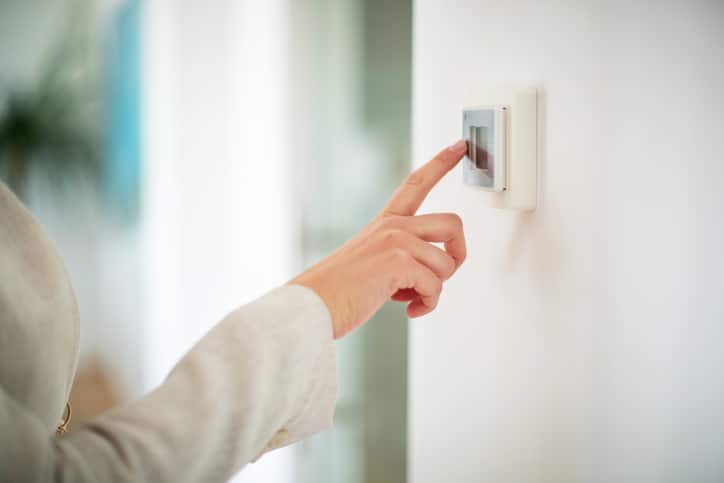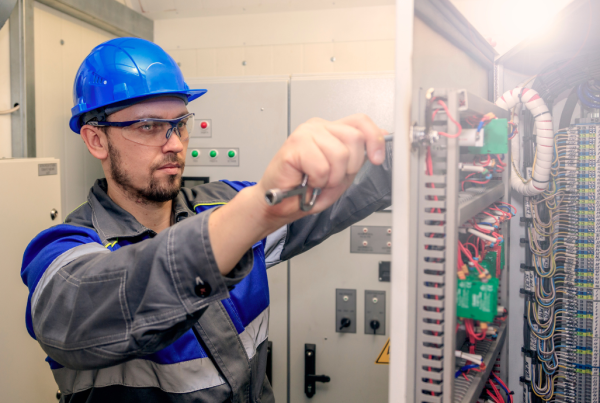Among the most basic components of electrical service is the electrical switch, an electromechanical device used widely to control power in electrical circuits. The switch gives users a manual control point of the whole system or a specific appliance/machinery connected to the electrical system.
Although a very important component, this isn’t always the first stop for electrical contractors in Utah. Instead, they first need to inspect the whole system as per code and then install or repair the electrical systems as needed.
The switches can be either simple on/off types, hand or foot-operated, automatic pressure or motion-based, or other objects. In addition, these switches can also be used to control the electrical system itself as well as control its speed and function. For example, it can toggle the speed of a fan or machine, change the directions or colors of lights, and much more.
So let’s take a quick look at different electric switches used in commercial buildings to help you get more familiar with them.
Types of Electrical Switches
The type of switch and its function is defined by the number of “poles” and “throws” it has.
- Poles are the points that connect to a circuit to control it
- Throws are the different settings a switch has, like on, off, high, low, medium, etc.
Electrical contractors in Utah must refer to switches based on their poles and throws, i.e., single-pole double-throw, triple-pole double-throw, etc. Single-pole single-throw is the most common type of switch used to control a single circuit with a simple on and off function (for example, light switches).
Based on their function, types of switches can be classified as:
- Foot switches. They use a foot mechanism to operate. A deadman’s switch is generally a foot switch that turns off as soon as the operator gets off it.
- Level switches. These are triggered on or off when a certain level of liquid, powder, or solid is achieved. A prime example of this is a sump pump.
- Limit switches. These get triggered with motion or change in position.
- Magnetic switches. Turn on or off by the presence or absence of a magnetic or electric field. They are mostly used for security.
- Membrane switches. These are discrete switches used under a soft membrane mostly sensitive to touch.
- Pressure switches
- Pull chain switches
- Pushbutton switches
- Rocker switches. They are similar to the switches found in households except they are lit with an LED.
- Rotary switches, such as fan dimmers. Also known as paddle switches.
- Slide switches
- Thumbwheel/Pushwheel switches
- Toggle switches
- Wall switches
There are also some uncommon switch types that electrical contractors make specifically for clients, based on their needs. Of course, these switches can cost more than your average switch because of the small-scale production.
If you want to learn more about the electrical switches in a residential, commercial, and industrial property, want to find one suitable for your project, or want engineers to design a new type of switch for you, give Skyline Electric a call. We’d love to help you out!




